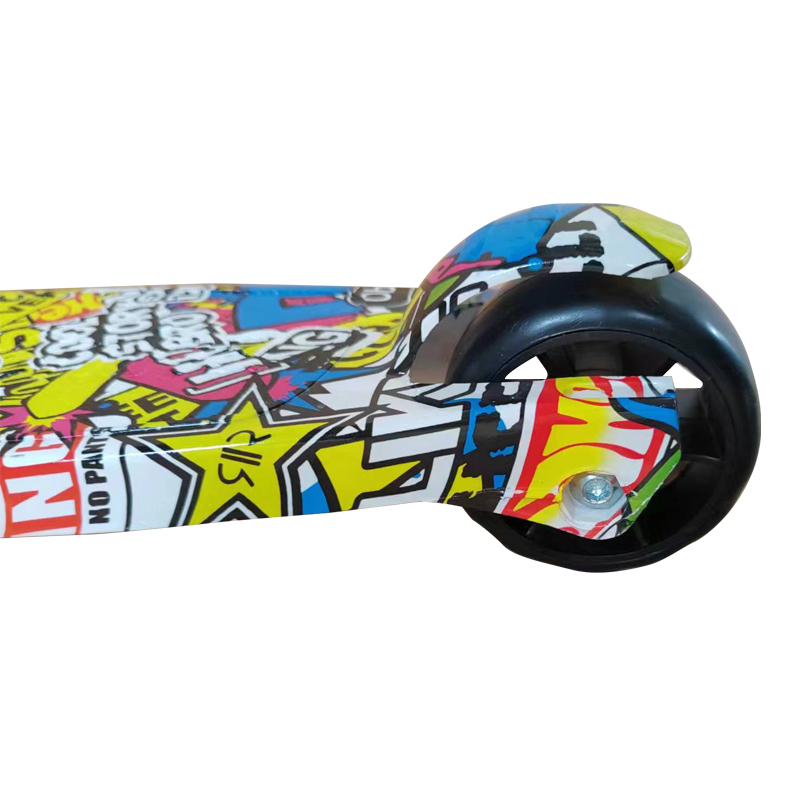Understanding Why Your Child Scoots on Their Bottom
As a parent or caregiver, it's common to observe your child engaging in various forms of movement as they explore their environment. One behavior that often catches parents off guard is when their little ones choose to scoot along on their bottoms rather than crawling or walking. While this can seem unusual or even concerning, it's important to understand why your child might prefer this mode of locomotion and what it means for their development.
The Natural Progression of Movement
Children develop their gross motor skills in stages, and scooting can be one of those stages. Typically, infants start by rolling over, then progress to crawling, pulling up to stand, and eventually walking. However, some children might skip the crawling stage altogether and opt for scooting instead. This behavior is completely normal and can be attributed to various factors, such as their physical development, comfort level, and even personality.
Reasons for Scooting
1. Comfort and Convenience For many children, scooting on their bottoms is simply more comfortable than traditional crawling. Their legs are often tucked underneath them, which can feel secure for a child who is still mastering their gross motor skills. This scooting method allows them to propel themselves forward without needing to coordinate their arms and legs as they would while crawling.
2. Exploratory Behavior Children are naturally curious and use different forms of movement to explore their surroundings. Scooting can provide a new perspective on the world around them, giving them a unique way to experience their environment. This exploration is crucial for their cognitive and sensory development.
3. Strength and Coordination Some children may not have developed the strength or coordination needed for effective crawling or walking. Scooting allows them to move around without needing to lift their weight fully off the ground, making it an effective alternative for them until they are ready to progress.
4. Influence from Peers Children often mimic the behaviors they see in peers. If a child observes a friend scooting or sees another child employing this method, they may be more inclined to adopt this technique themselves, regardless of their developmental stage. Social learning plays a vital role in how children develop motor skills.
5. Delayed Physical Development In some cases, scooting might be a sign that a child is developing their motor skills at a different pace than usual. If a child prefers to scoot and does so extensively, it may be worthwhile to consult a pediatrician to ensure there are no underlying issues such as muscle weakness or developmental delays.
Encouraging Development
lehuo why does my kid scoot on his ass

While scooting is generally a natural part of a child's development, there are ways to encourage more traditional forms of movement to support their growth
- Create Safe Space for Crawling Setting up a safe play area with plenty of padding and open space can invite your child to experiment with crawling.
- Engagement Use toys that encourage reaching and moving. Placing favorite toys just out of reach can motivate your child to crawl toward them.
- Interactive Play Get down on the floor with your child, showing them how to crawl and praising their efforts. Engaging in interactive play will inspire your child and reinforce that movement is fun.
- Limit Sitting Time While it’s important for children to sit and play with toys, it’s essential to encourage periods of free movement to practice crawling and walking.
When to Seek Guidance
As a general rule, if your child is steadily progressing in their motor skills—even if that means scooting—it’s usually nothing to worry about. However, if you notice any of the following red flags, it may be time to consult a pediatrician
- No form of movement (scooting, crawling, or walking) by 12 months. - Signs of physical discomfort or pain while moving. - Difficulty in transitioning between different positions (sitting to standing, etc.).
Conclusion
Sitting on their bottoms and scooting may be just one amusing phase in your child's life. By understanding why they engage in this behavior, you can foster a supportive environment that will encourage further gross motor development. Remember, each child is unique and follows their own journey—scooting might be just one of many ways they’ll explore their world!
-

 Scoot&RideKids Child Kick Push Scooter 3 Wheels with LED Flashing Tilt Lean Boys Girls Scooter
Scoot&RideKids Child Kick Push Scooter 3 Wheels with LED Flashing Tilt Lean Boys Girls Scooter




- 4
$33.17 -

 Scoot&RideKids Scooter Child Kick Flashing LED Light Up 3 Wheel Push Adjustable Folding 3
Scoot&RideKids Scooter Child Kick Flashing LED Light Up 3 Wheel Push Adjustable Folding 3- 0
$25.52 -

 Scoot&RideKids Scooter Child Kick Flashing LED Light Up 3 Wheel Push Adjustable Folding 2
Scoot&RideKids Scooter Child Kick Flashing LED Light Up 3 Wheel Push Adjustable Folding 2- 0
$33.17 -

 Scoot&RideKids Scooter Teens Foldable Kick Push Scooter Adjustable Height Safe 2 Wheels
Scoot&RideKids Scooter Teens Foldable Kick Push Scooter Adjustable Height Safe 2 Wheels




- 4
$49.99
Meet our partners and discover what powers their creativity!
When you register for a Lohas scooter, you will receive a 10% discount on your first order and can be notified of sales, new product launches and other offers in advance.









